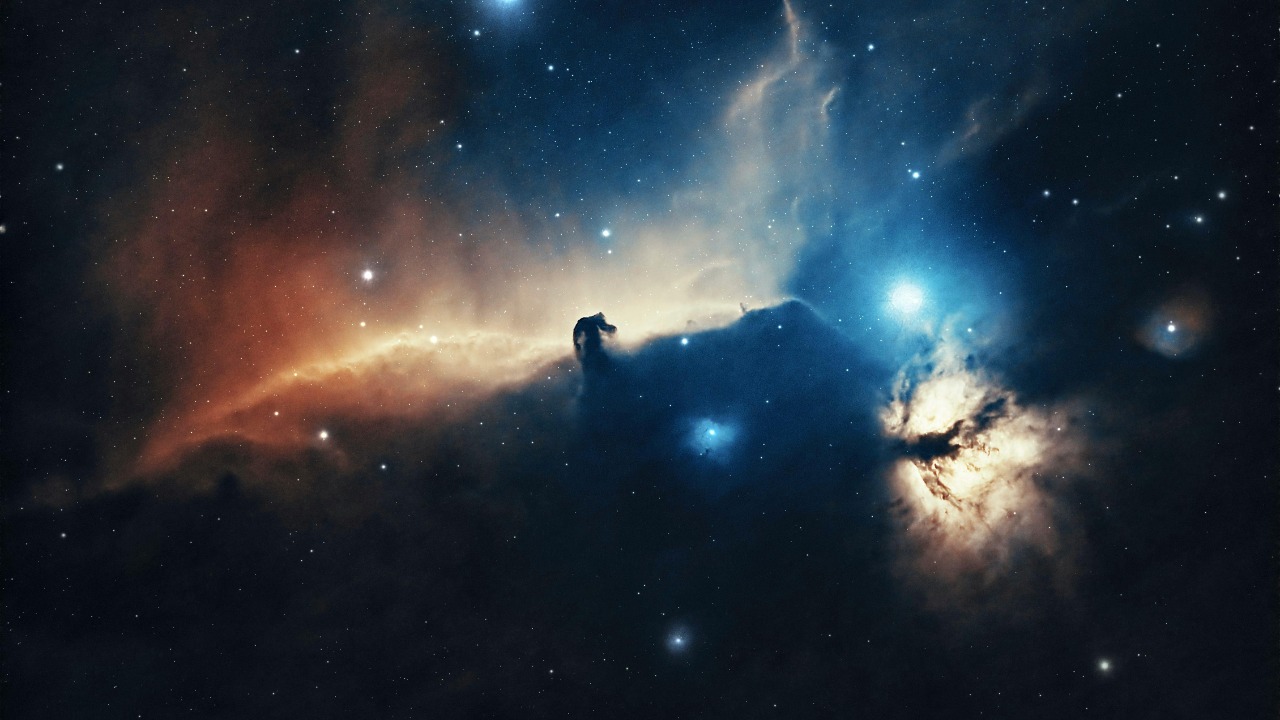
Strange light anomalies are captivating astronomers and scientists across the globe as they spread across multiple galaxies. These mysterious phenomena challenge our understanding of the universe and offer tantalizing hints at the possible existence of parallel universes and cosmic events from the dawn of time.
The Nature of Light Anomalies
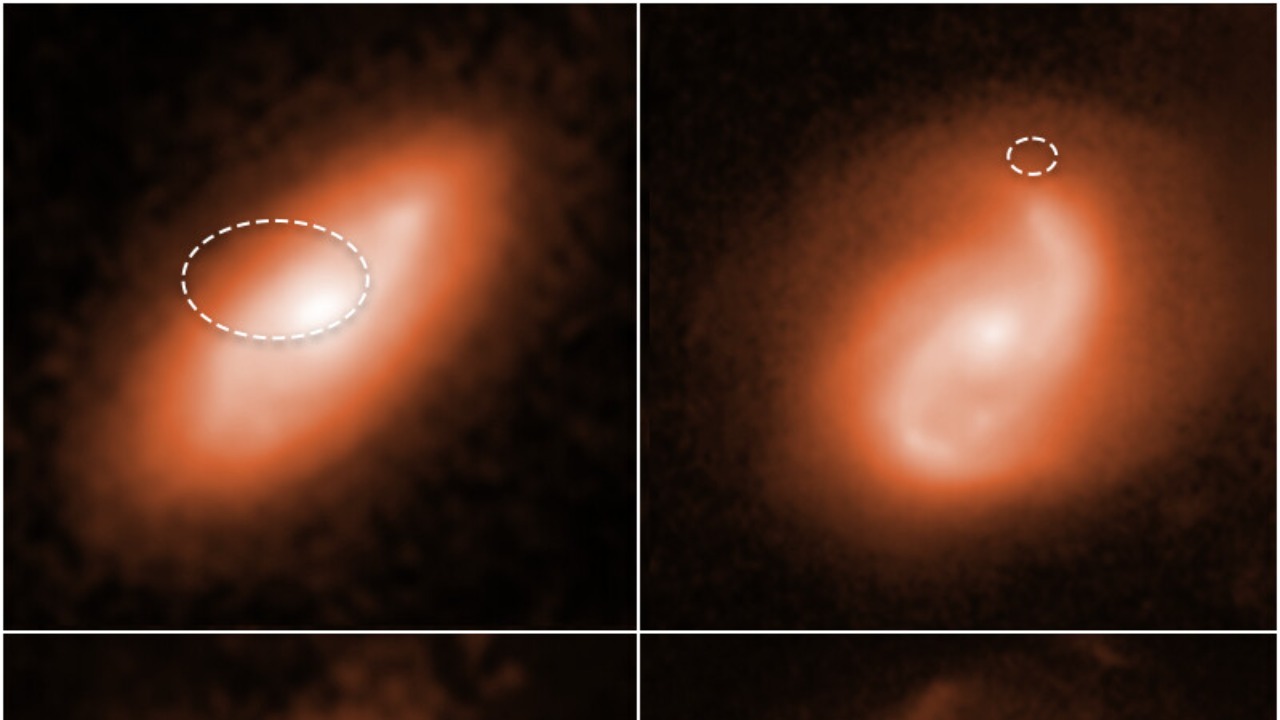
Types of Anomalies
Light anomalies have taken on various forms, each more fascinating than the last. Among the most intriguing are fast radio bursts (FRBs) and gamma-ray bursts (GRBs). FRBs are intense bursts of radio waves that last just milliseconds, yet they emit as much energy as the Sun does in an entire day. GRBs, on the other hand, are extremely energetic explosions observed in distant galaxies, believed to be associated with the collapse of massive stars or the merger of neutron stars.
These phenomena are not only diverse but also widespread, appearing across multiple galaxies and offering clues about the universe’s most energetic processes. Each type of anomaly provides a unique opportunity to learn more about the cosmic events that produce them, as well as the conditions under which they occur.
Detection Methods
Advanced technology has become indispensable in the quest to detect and study these light anomalies. Instruments like radio telescopes, such as the Square Kilometre Array (SKA) and the Very Large Array (VLA), have played crucial roles in capturing these fleeting events. These observatories are equipped to detect radio waves from the farthest reaches of the universe, allowing scientists to identify and analyze anomalies with unprecedented precision.
Space-based observatories, including the Hubble Space Telescope and the Fermi Gamma-ray Space Telescope, also contribute significantly to this field. Their ability to observe the universe beyond the interference of Earth’s atmosphere makes them invaluable tools for studying the high-energy phenomena associated with GRBs and other anomalies.
Possible Explanations
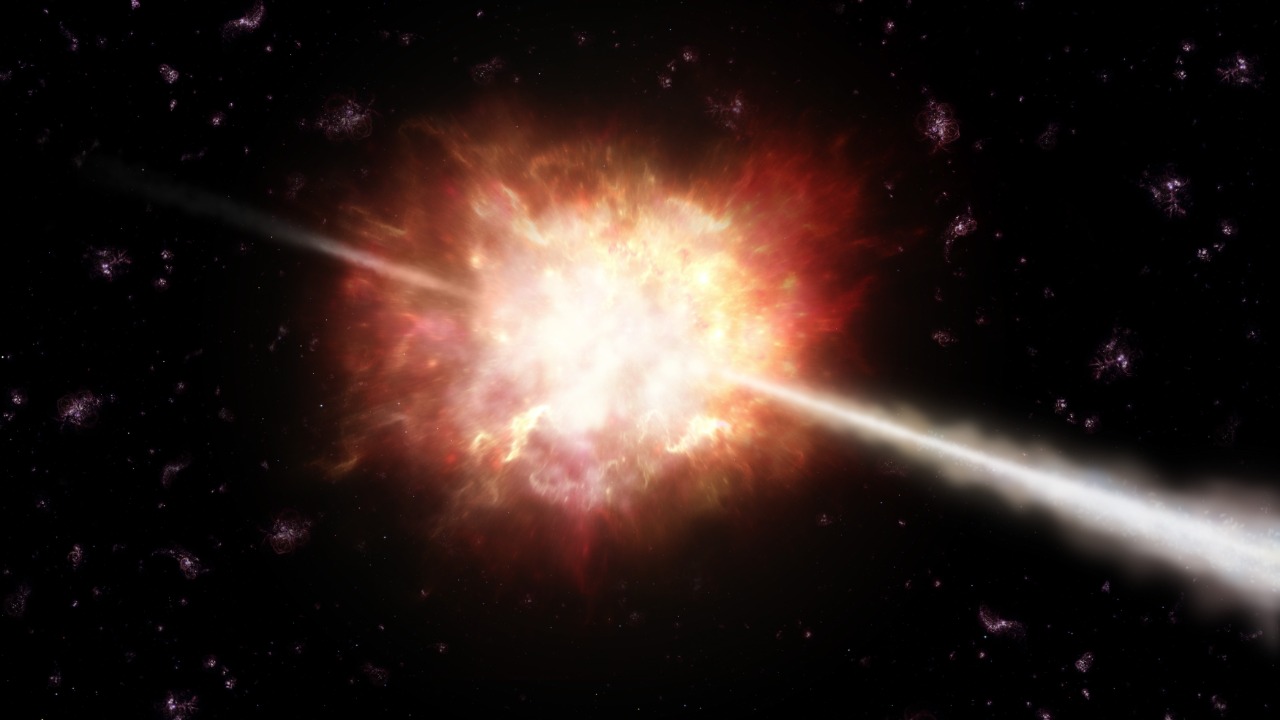
Cosmic Events
One of the primary explanations for these light anomalies involves cosmic events of staggering magnitude. The collision of neutron stars, for instance, is thought to be a significant source of both GRBs and FRBs. When these ultra-dense remnants of supernovae collide, they release an immense amount of energy, observable across vast cosmic distances. Similarly, black hole mergers are another potential source of these anomalies, as they produce gravitational waves and energy emissions that stretch across the universe.
These events not only provide potential explanations for the anomalies but also offer insights into the extreme environments and conditions found in the universe. They serve as natural laboratories for testing our understanding of physics under conditions that cannot be replicated on Earth.
Parallel Universes
Beyond natural cosmic events, some scientists have speculated that these anomalies may be evidence of interactions with parallel universes. This hypothesis draws from theoretical physics concepts, such as the multiverse theory, which posits the existence of multiple, parallel universes alongside our own. According to this idea, the light anomalies might be the result of interactions or collisions between our universe and others, producing the peculiar signals we observe.
While this hypothesis remains highly speculative, it offers a fascinating avenue for exploring the fundamental nature of reality. If proven, it could revolutionize our understanding of the universe and our place within it.
Historical Context and Discoveries
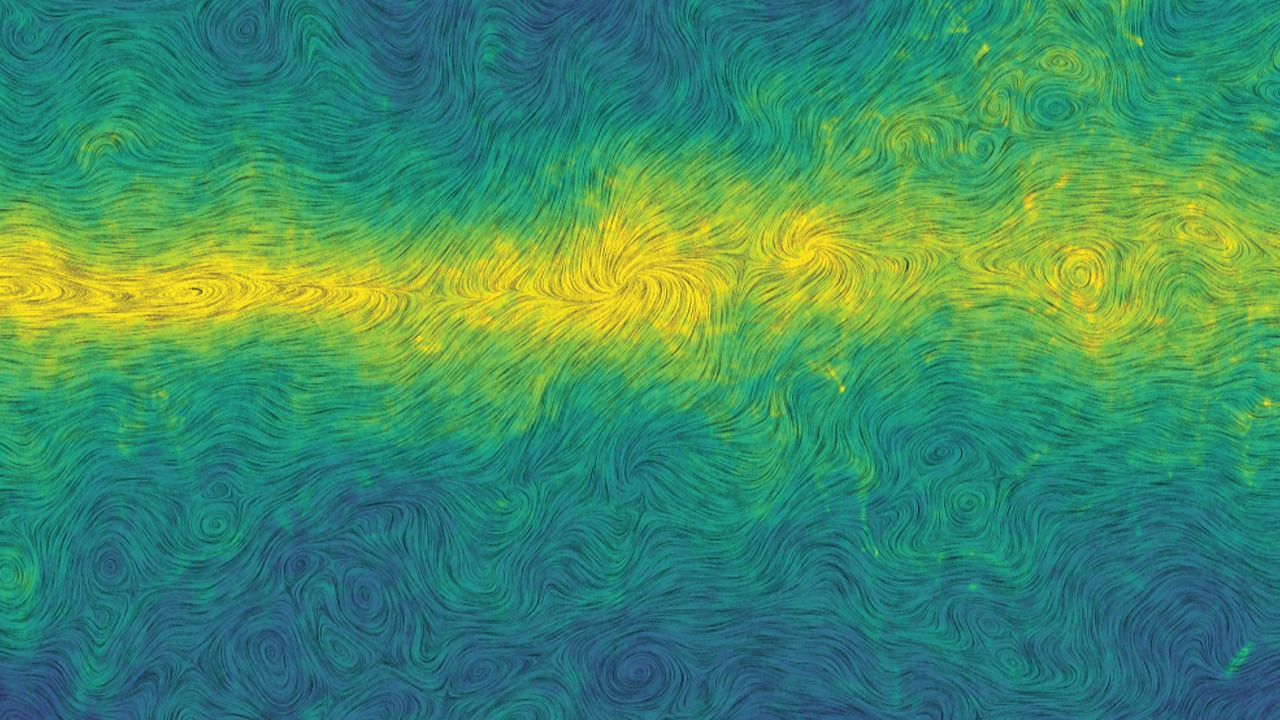
Primordial Signals
The quest to understand light anomalies is rooted in the exploration of primordial signals from the universe’s earliest days. The ‘primordial hum’—a faint cosmic microwave background radiation—provides a glimpse into the universe’s infancy. This ancient signal has served as a foundation for understanding the conditions that gave rise to the universe and may hold clues to the origins of the anomalies we observe today.
By studying the primordial hum, scientists have been able to trace the evolution of the universe and identify the processes that have shaped it over billions of years. This research has laid the groundwork for investigating the mysterious light anomalies that continue to puzzle astronomers.
Notable Discoveries
Throughout history, key discoveries have shaped our understanding of light anomalies and the cosmic phenomena that produce them. The identification of quasars in the 1960s, for example, revolutionized our understanding of distant galaxies and their active cores. Similarly, the discovery of pulsars in 1967 introduced a new class of neutron stars emitting regular radio pulses, providing insights into the extreme physics of these dense objects.
These discoveries have not only transformed our understanding of the universe but also paved the way for investigating the more enigmatic anomalies we observe today. They serve as reminders of the ongoing journey to unravel the mysteries of the cosmos.
Challenges and Controversies

Scientific Skepticism
The study of light anomalies is not without its challenges and controversies. Within the scientific community, there is a healthy degree of skepticism regarding certain explanations for these phenomena. Some researchers argue that more conventional explanations, such as previously unknown cosmic events or variations in known processes, could account for the anomalies. This skepticism underscores the need for robust evidence and thorough investigation before accepting more speculative theories.
Despite the skepticism, the pursuit of understanding these anomalies continues to inspire scientific inquiry. The debates and discussions they provoke drive the development of new technologies and methodologies for exploring the universe.
Technological Limitations
Technological barriers also pose significant challenges to the study of distant and faint light anomalies. The vast distances involved in observing these phenomena make it difficult to capture detailed data, and the faintness of the signals often pushes the limits of current observational capabilities. Additionally, the transient nature of many anomalies requires quick and precise detection to gather meaningful data.
Overcoming these limitations will require continued investment in advanced technologies and international collaboration among scientists. As our tools improve, so too will our ability to unlock the secrets of these enigmatic phenomena.
Implications for Future Research
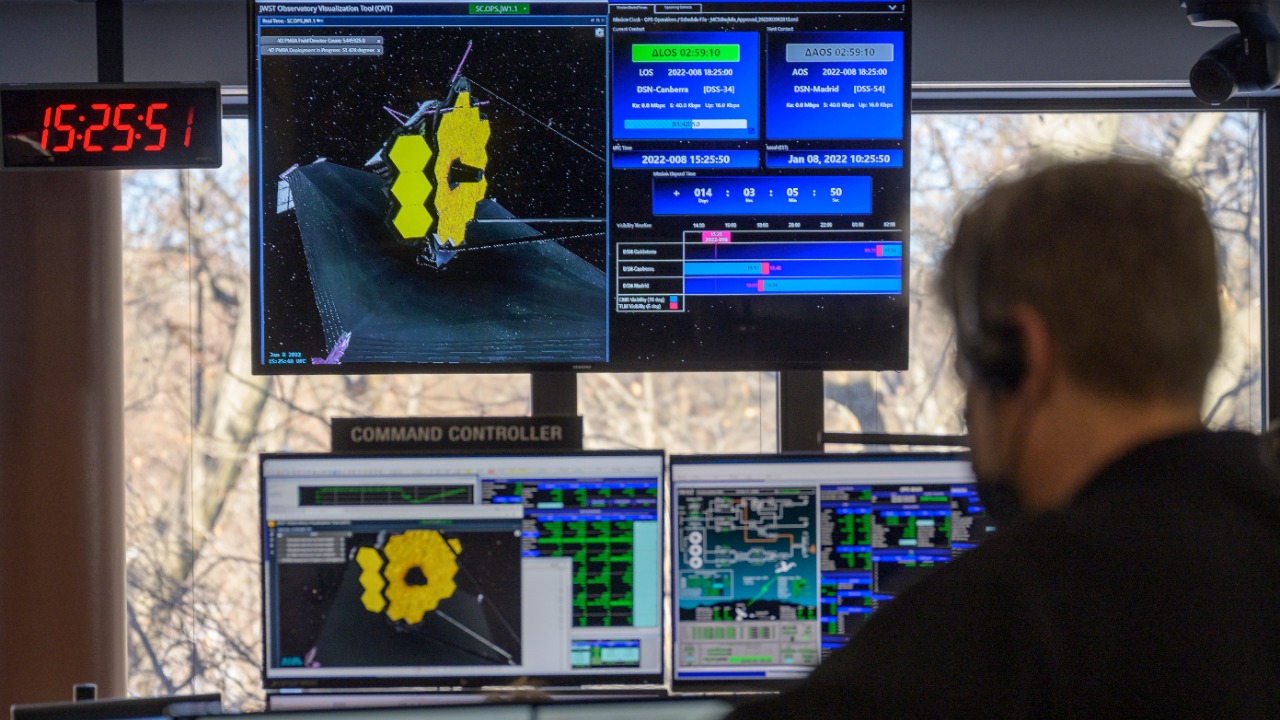
Interdisciplinary Approaches
The complexity of light anomalies calls for interdisciplinary approaches that integrate insights from physics, astronomy, and cosmology. By combining expertise from these fields, researchers can develop more comprehensive models to explain the anomalies and explore their implications for our understanding of the universe.
This collaborative approach also fosters innovation and creativity, allowing scientists to tackle the challenges posed by these phenomena from multiple angles. By working together, researchers can harness the full potential of their collective knowledge to advance our understanding of the cosmos.
Potential Breakthroughs
Solving the mystery of light anomalies holds the promise of significant breakthroughs in our understanding of the universe’s structure and origins. By deciphering these enigmatic signals, scientists may uncover new insights into the fundamental forces and processes that shape the cosmos. This knowledge could lead to transformative discoveries in fields ranging from particle physics to cosmology.
As researchers continue to explore these anomalies, they open the door to a deeper understanding of the universe and our place within it. The potential breakthroughs that lie ahead underscore the importance of this research and the value of maintaining a spirit of curiosity and exploration as we seek to unlock the secrets of the cosmos.